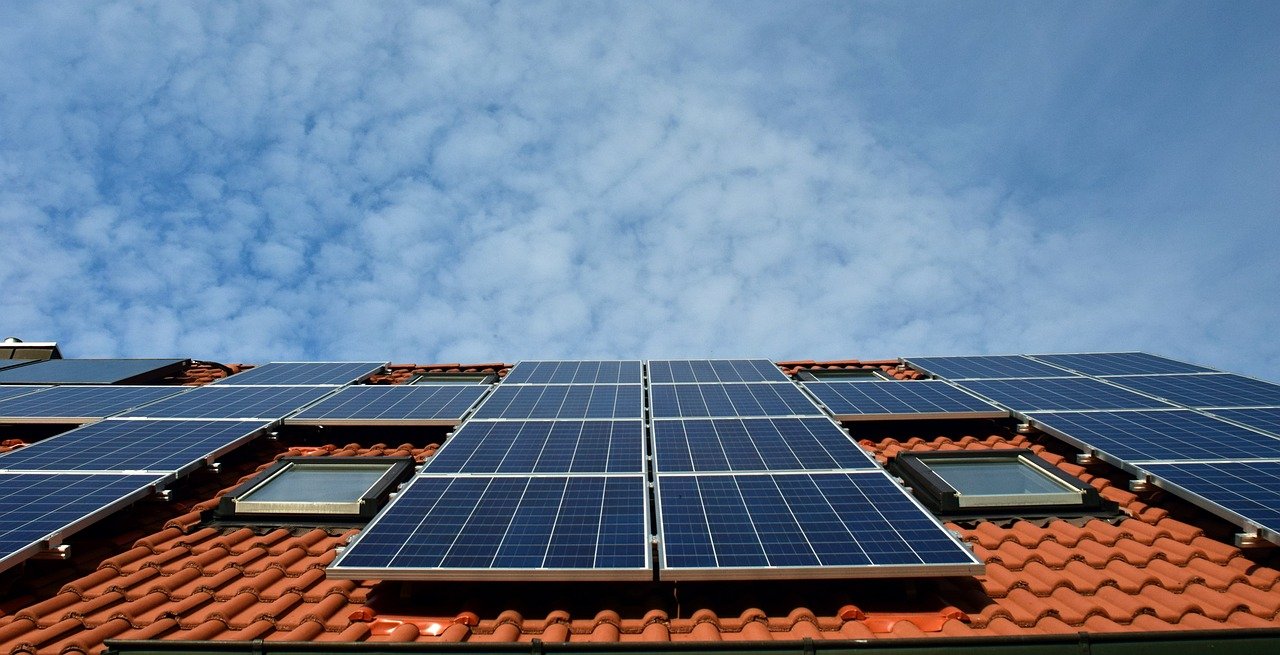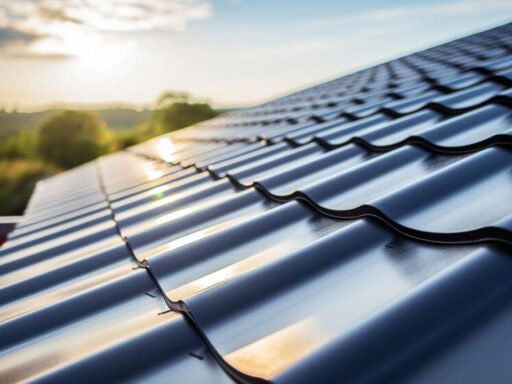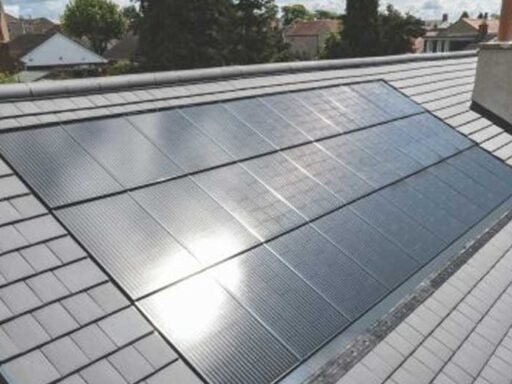With rising utility costs and increasing concerns about the environment, more homeowners are looking for ways to reduce their energy consumption and make their living spaces more efficient. Not only can making a few changes help you save money on your bills, but it also reduces your carbon footprint, making a positive impact on the planet.
Whether you’re making small adjustments or planning bigger upgrades, there are plenty of practical ways to make your household eco-friendly. Here are some effective solutions that every homeowner should consider to reduce energy use.
Upgrade to Energy-Efficient Appliances
One of the easiest ways to lower your consumption is by switching to appliances that use less power. Older models of refrigerators, washers, dryers, and dishwashers tend to consume more resources than necessary. Modern appliances are designed with efficiency in mind, meaning they use fewer resources while still performing the same tasks. When shopping for new appliances, look for those with an Energy Star label, as these meet higher efficiency standards. Replacing your old appliances with updated models can make a noticeable difference in your monthly utility bills.
Consider Installing Solar Roofing
Switching to renewable sources of power, such as solar, is one of the most effective ways to reduce your reliance on traditional sources. Solar roofing is an innovative solution combining solar panels with traditional roofing materials. Instead of installing separate solar panels, solar roofing integrates solar cells directly into the roof tiles. This provides a seamless, aesthetically pleasing option for homeowners looking to harness renewable energy. Solar roofing offers the same benefits as standard solar panels by converting sunlight into electricity, reducing reliance on conventional sources.
Partnering with a reputable solar company, like Resnick Roofing & Contracting, ensures proper installation and helps you take full advantage, making it a smart investment for long-term savings.
Use Smart Thermostats
Heating and cooling are responsible for a large portion of household energy consumption. One way to manage this more efficiently is by installing a smart thermostat. These devices allow you to control the temperature remotely and set schedules based on when you’re home or away. Smart thermostats can automatically adjust settings to maintain comfort while using less power. Over time, this can lead to substantial savings on heating and cooling costs. Some models even learn your preferences and adjust accordingly, making them a convenient and effective way to manage your household’s temperature.
Seal Windows and Doors
Poor insulation can cause drafts that make it harder to maintain a comfortable temperature indoors. If your windows and doors are not properly sealed, your heating and cooling systems must work harder, leading to increased consumption. Sealing cracks and gaps around windows and doors is an easy and affordable way to improve insulation. Weatherstripping, caulking, and door sweeps are all effective methods for keeping drafts out. By sealing these areas, you’ll prevent air from escaping or entering, making it easier to keep your living space comfortable without overworking your heating or cooling system.
Upgrade Insulation
Insulation plays a key role in maintaining the temperature of your living space. If your insulation is outdated or insufficient, it’s harder to keep warm in the winter or cool in the summer, leading to increased reliance on heating and air conditioning. Upgrading your insulation in areas such as the attic, walls, and floors helps trap the air inside, keeping the indoor temperature stable for longer periods. This upgrade can lead to noticeable savings, especially during extreme weather months. Insulation materials vary, so consider working with a professional to determine the best type and amount needed for your space.
Opt for LED Lighting
Switching to LED light bulbs is one of the simplest and most effective ways to reduce electricity consumption. LED bulbs use significantly less power than traditional incandescent bulbs and last much longer. While they may cost a bit more upfront, the long-term savings make them well worth the investment. Additionally, LED bulbs come in a variety of styles and color temperatures, so you can find options that suit any room in your house. By replacing older bulbs with LEDs, you’ll notice an immediate decrease in your electricity bills while also enjoying better-quality lighting.
Install Energy-Efficient Windows
Windows play a significant role in regulating indoor temperatures. If you have older or single-pane windows, they could be letting in drafts or allowing heat to escape, causing your heating and cooling systems to work harder. Upgrading to energy-efficient windows can help prevent these issues. Look for windows with multiple panes and low-emissivity (low-E) coatings, which are designed to reflect heat and keep your living space more comfortable. While new windows can be a larger investment, they offer long-term savings by reducing the need for heating and air conditioning. In addition, they enhance the overall comfort and value of your home.
Use Energy Star Certified Products
Energy Star-certified products are designed to meet strict efficiency standards set by the Environmental Protection Agency (EPA). These products, which range from appliances to lighting and electronics, use less power without sacrificing performance. When shopping for any new equipment, whether it’s a dishwasher, a computer, or a light fixture, look for the label to ensure that you’re choosing an efficient option. Over time, using these products can help you significantly reduce your household’s power consumption and lower your utility bills.
Add Ceiling Fans
Ceiling fans are a great addition to your living space because they help circulate air, reducing the need for constant heating or cooling. In the summer, fans can create a cooling breeze, allowing you to use less air conditioning. In the winter, many ceiling fans come with a reverse setting that pushes warm air down from the ceiling, helping you feel warmer without turning up the heat. Ceiling fans are an affordable and effective way to improve comfort while cutting back on power use.
Embrace Water-Saving Fixtures
While it might not seem directly related, water-saving fixtures like low-flow showerheads and faucets can also contribute to lower utility bills. Reducing water usage means less demand for water heaters, reducing the amount of power required to heat water. Installing water-saving fixtures is a simple and cost-effective way to make your household more efficient. These fixtures are designed to maintain good water pressure while using less water overall, so you don’t have to sacrifice comfort for efficiency.
Implementing energy-saving solutions can significantly impact your utility bills and overall household efficiency. From upgrading to LED lighting and efficient windows to installing solar panels and water-saving fixtures, each step contributes to a more eco-friendly and cost-effective living space. By taking action now, you can enjoy the benefits of lower utility bills, a more comfortable environment, and a reduced carbon footprint. Whether you make small changes or invest in larger upgrades, these solutions are worth considering for your household’s long-term health and savings.





